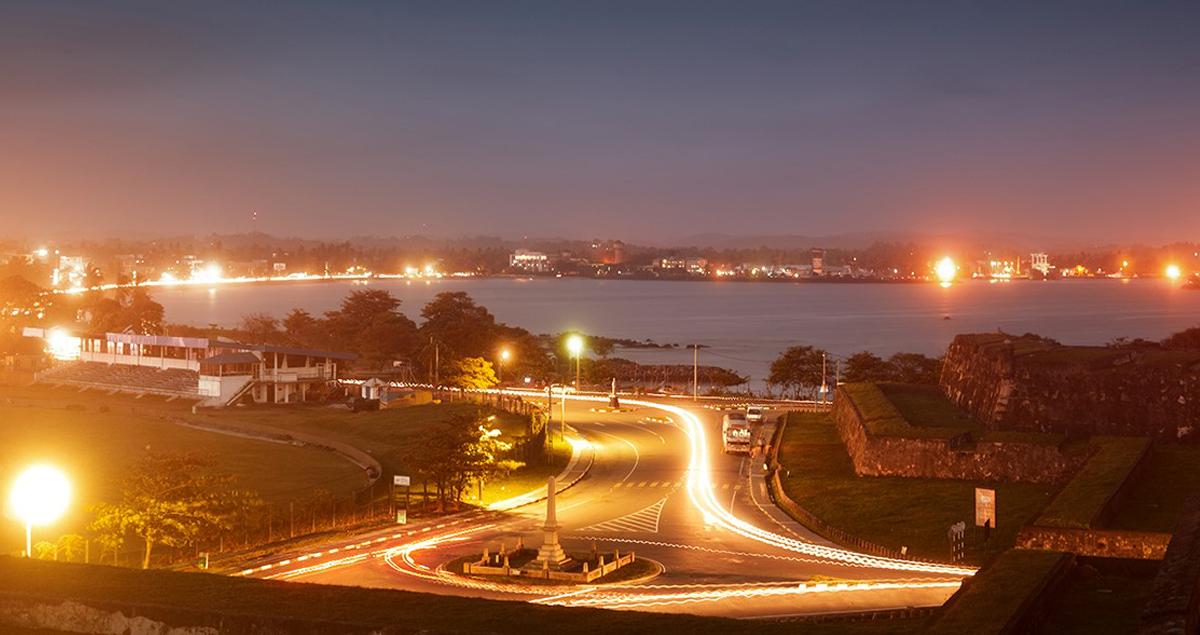Automation is revolutionizing everything

Early in the month of October 2016, the first fleet of autonomous vehicles offered rides for the first time. The cars, sedans outfitted with a host of camera and sensors, weren’t fully autonomous (according to Pennsylvania law they must be manned by a living, breathing human until they are no longer in testing mode), but their drivers were as hands-off as possible, quite literally.
This isn’t the first or only example of a company embracing automation, but it is a bellwether for a technology that’s becoming increasingly common in the transportation industry. Automation is everywhere from the cars you drive, to the trams you ride at the airport, to the technology powering the toll booths on the highwayand it’s shaping the way companies do business and customers experience their everyday lives.
Though the popularity of autonomous cars feels like a recent development, other industries have been using self-driving vehicles for years. Take the Komatsu Frontrunner, a massive truck capable of hauling and dumping land from mining sites without the help of an operator. Mining companies have used the Autonomous Haulage System since 2008 to increase the efficiency and output of mines. Each vehicle is outfitted with GPS, an obstacle detection system, and is connected to a wireless network that allows the trucks to be controlled via an offsite computer.
And while the Frontrunners have moved more than 330 million metric tons of land to date, the benefits beyond sheer workload are clear: Productivity is up since the trucks can run for 24 hours a day and don’t need breaks. Mines have become safer, too, as a result of minimizing human fatigue. Whereas typical mining trucks required upwards of five operators per shift, a Frontrunner requires just one supervising controller who can work remotely.
Other industries are following suit. Long-haul trucking, for example, is projected to be one of the biggest industries affected by autonomous driving technologies. In fact, it’s already happening. Last spring, Daimler’s 18-wheel Freightliner Inspiration Truck hit the road in Nevada. It’s among the first trucks to employ autonomous driving technology, though it’s not fully self-driving yet. Industry analysts predict the rise of self-driving trucks will lead to safer roads since the vehicles will be equipped with obstruction-aware lasers and sensors. They’ll also be more fuel-efficient: a convoy of trucks, one directly behind another, will lead to a reduction of wind resistance. The biggest win of all is the gain in transportation efficiency. Today, regulations require truck drivers to take an eight-hour break for every 11 hours they drive. An autonomous truck will be able to drive for 24 hours straight, which could ultimately decrease the cost of transporting many goods.
And automation isn’t just a win for businesses: some predictions posit that by the time fully autonomous vehicles are part of our everyday lives (likely 2040 and beyond), commuters will be able to save upwards of 50 minutes every day, crashes will fall by 90%, and parking space will be minimized by billions of square feet.
Of course, not all automation in the transportation realm is as visible as self-driving cars. Much of what makes a city run smoothly happens behind the scenes. Traffic management systems, like the one Mitsubishi Heavy Industries Group implemented on a 60-mile stretch of road in Sri Lanka in 2015, help control the flow of vehicles on the highway, leading to less congestion, pollution, and accidents.
Sri Lanka’s Southern Expressway is equipped with 40 vehicle-detecting camera and a meteorological monitoring system that relays information like traffic flow, accidents, and inclement weather to a system that automatically displays road conditions via 30 full-color information signboards. The highway management system, combined with technologies like multi-lane free-flow tolls (which allow cars to pass through tolls without slowing down), will begin to alleviate the increased congestion many drivers experience.
It’s not all good news, though. A looming question persists: Where do humans fit in? There’s been plenty of hand wringing around the idea that technology will steal jobs away from humans, and when it comes to transportation, that’s not an entirely unfounded fear. Industries that have long relied on humans to transport goods will no longer need that part of the supply chain; the tradeoffs to adopting this new technology are unavoidable. But in a time where city population is booming (more than 70% of people will live in cities by 2050), their businesses and citizens will need to continue the march towards automation to keep pace.





